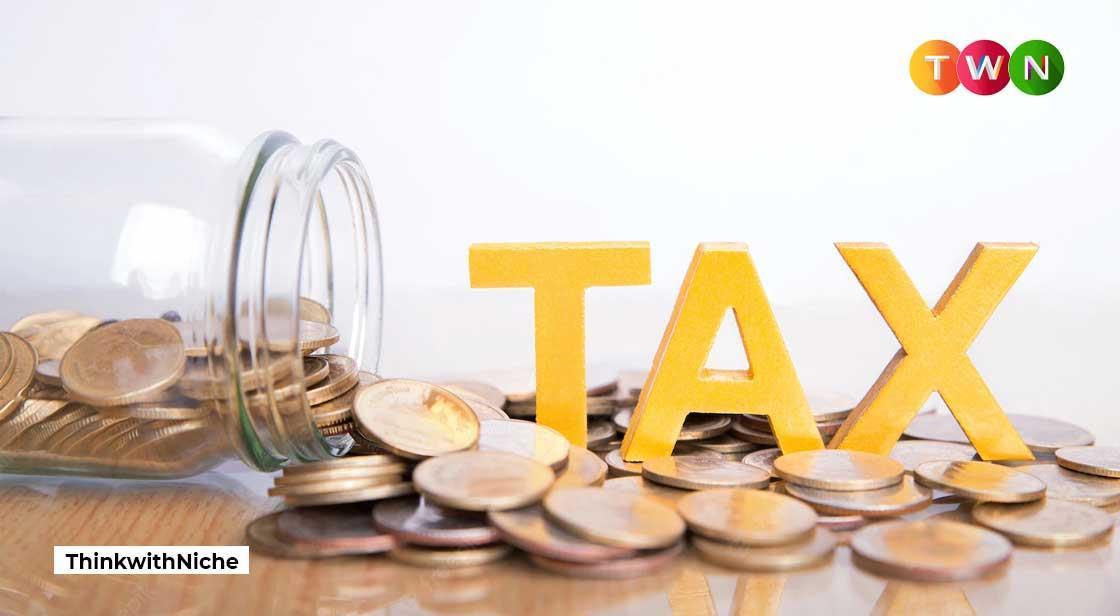Key Income Tax Changes Effective from April 1, 2025

News Synopsis
As the new financial year begins, taxpayers in India have a reason to celebrate. Several tax changes announced by Finance Minister Nirmala Sitharaman in the Union Budget 2025-26 will take effect from April 1, 2025.
These reforms aim to provide substantial tax savings for individuals who opt for the new tax regime, which has now been revised to be more attractive. From income tax slab adjustments to TDS relief for senior citizens, the modifications are set to impact millions of taxpayers.
In this guide, we break down the key tax changes, their implications, and how taxpayers can maximize their savings under the new regime.
Key Income Tax Changes Effective from April 1, 2025
1. Revised Income Tax Slabs Under the New Regime
The Finance Act 2025-26 has introduced a major overhaul in the new tax regime, making it more favorable for taxpayers. Some of the key changes include:
-
Basic exemption limit increased from Rs 3 lakh to Rs 4 lakh.
-
Rebate limit raised from Rs 7 lakh to Rs 12 lakh, meaning those earning up to Rs 12 lakh will not pay any tax.
-
Standard deduction of Rs 75,000 for salaried individuals.
Under these new slabs, individuals with an annual income of up to Rs 12.75 lakh will pay no tax due to the combination of the revised exemption limits and deductions.
Tax Savings Under the New Regime
According to calculations by Deloitte India, the new tax regime will bring significant savings:
-
An individual earning Rs 12 lakh will save Rs 83,200 (including cess).
-
A taxpayer with an income of Rs 16 lakh will see savings of Rs 52,000.
-
For those earning Rs 1 crore, the tax outgo will reduce by Rs 1,25,840.
-
Those with an income of Rs 2 crore will benefit from a tax reduction of Rs 1,31,560.
2. Old vs. New Tax Regime: Which One Should You Choose?
Starting this financial year, the new tax regime will be the default option for taxpayers unless they opt for the old regime. However, switching can impact savings, particularly for those who claim multiple deductions.
Who Benefits More from the New Tax Regime?
-
Individuals without high deductions (like HRA, 80C, 80D) will benefit from the new regime.
-
Those earning more than Rs 24 lakh will need to claim deductions of Rs 8 lakh or more under the old regime to make it financially viable.
-
Deductions under Section 80C, 80D, and 24B alone may not be enough to offset the benefits offered under the new tax structure.
What Should You Do?
Employees need to inform their employer about their choice of tax regime in April when submitting investment declarations.
Additional Tax Relief Measures for FY 2025-26
3. Higher TDS Exemption for Senior Citizens on Fixed Deposits
-
The threshold for TDS on FD interest for senior citizens has been increased from Rs 50,000 to Rs 1 lakh.
-
This move ensures that elderly taxpayers earning modest interest income will have a lower TDS burden.
4. Increased TDS Limit on Rental Income
-
The threshold for TDS on rental income has been raised from Rs 2.4 lakh to Rs 6 lakh per year.
-
Tenants must deduct 10% TDS before transferring rent to landlords.
-
This change will benefit those with rental income, especially senior citizens, by improving their cash flow.
5. TCS Relaxation for Students and International Travelers
-
TCS on overseas remittances under the Liberalized Remittance Scheme (LRS) has been relaxed:
-
The threshold has been increased from Rs 7 lakh to Rs 10 lakh.
-
No TCS on education-related remittances exceeding Rs 7 lakh, provided the funds come from an education loan.
-
-
This will ease liquidity concerns for students and parents paying foreign university fees.
6. Tax Relief for Homeowners With Two Properties
-
Previously, tax exemption on annual value was available only for self-occupied properties.
-
Now, homeowners can claim exemption on two house properties without restrictions.
-
This benefits individuals who own multiple properties but don’t earn rental income from them.
Conclusion
The tax reforms under Budget 2025 mark a major shift in India's tax landscape, providing significant savings and simplification for taxpayers. The new tax regime has been structured to benefit the middle class and salaried individuals, while senior citizens and homeowners will also gain relief through TDS exemptions and tax-friendly provisions for multiple properties.
As taxpayers prepare for the new financial year, it is crucial to evaluate whether switching to the new tax regime is the right choice based on individual financial goals and deduction claims. The government’s push towards a simplified and less exemption-heavy tax structure signals a move towards ease of compliance and improved cash flow for millions of citizens.
With these changes now in effect, taxpayers should ensure they communicate their preferred tax regime to their employer, optimize their savings, and take full advantage of the revised tax structure to maximize benefits.
You May Like









